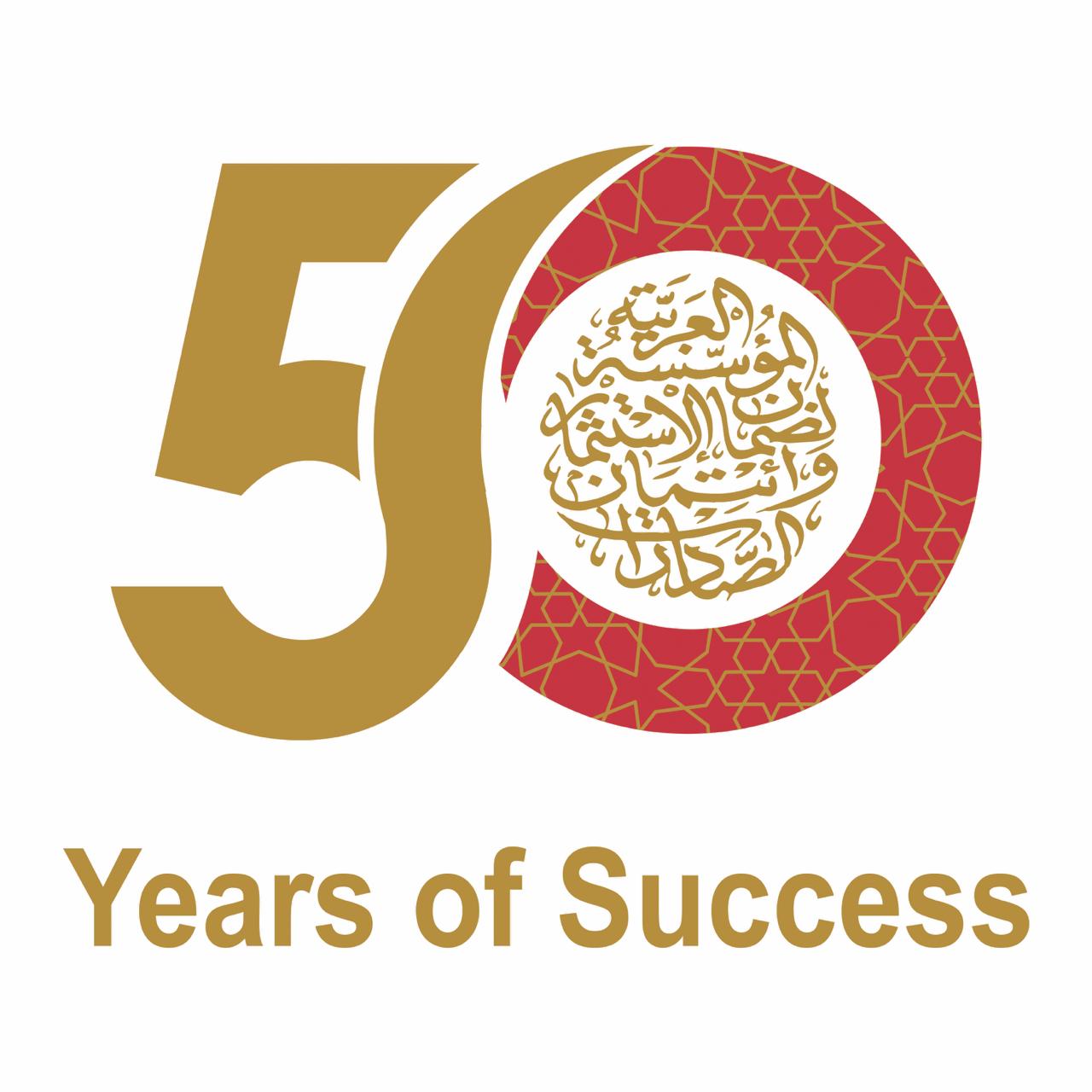home / News & Media / Dhaman Publish its 2nd Quarterly Bulletin “Dhaman Al-Istithmar” #2-2023.
The Arab Investment & Export Credit Guarantee Corporation (Dhaman) unveiled that Arab trade in goods and services grew by 32.4% in 2022 to reach $3.5 trillion, buoyed by the growth of exports by 44% to exceed $2 trillion, along with the increase in imports by 20% to about $1.5 trillion.
The Corporation’s Director-General Mr. Abdullah Ahmad Al-Sabeeh announced in a press release, on the occasion of issuing the second quarterly bulletin “Dhaman Al-Istithmar” for 2023, that Arab merchandise trade increased by 32.6% to $2.9 trillion, as a result of the record growth of the region’s merchandise export by 43% to $1.7 trillion, in addition to the rise in imports by 20% to $1.1 trillion, with the merchandise trade balance recording a surplus of $558 billion in 2022.
Al-Sabeeh added that Arab merchandise trade share rose to 5.7% of the global total, and about 13.2% of merchandise trade in developing countries. As for the goods distribution, raw materials still represent the largest share of Arab exports by more than 75% as fuel exports alone make up around 62% of total merchandise trade, while manufactured goods represent 60% of Arab merchandise imports during 2022.
The Director-General pointed out the continuation of geographical concentration in merchandise trade in the Arab region in 2022, with five oil exporters contributing 81% of total exports, while five countries contributed 74% of total imports. The UAE alone accounted for more than a third of total Arab merchandise trade in 2022.
Regarding trade partners, the bulletin’s data showed that the top 10 exporting countries to the region contribute 61% of total Arab merchandise imports, while the top 10 importing countries from the region contribute 57% of total Arab merchandise exports.
Dhaman revealed that intra-Arab merchandise trade increased by 43.5% to $508.2 billion in 2022, representing 17.8% of total Arab merchandise trade, concentrated in Gulf countries and Egypt by 85.4%.
Concerning trade performance assessment indicators for 2022, the bulletin showed that the Arab average improved in the indicators of trade openness, propensity to export, export diversity, terms of trade and the size of the commercial fleet, while performance declined in indicators of dependence on imports and Liner Shipping Connectivity, as well as a drop in the performance of 12 Arab countries in the export concentration indicator during the same year.
Amid United Nations Conference on Trade and Development (UNCTAD) expectations for a slowdown in the growth of global trade in 2023, affected by the global economic weakness, inflationary pressures, high interest rates, financial restrictiveness procedures, and a slowdown in industrial production, in addition to the continuation of the Russia-Ukraine war and the geopolitical tensions, it is expected that the trade in goods and services in Arab countries to decline by 5% in 2023, affected by the expectations of a decline in global oil prices by 24.1% in 2023, while it is predicted to grow by 2.7% in 2024, according to IMF’s estimates.
In this context, “Dhaman” confirms that the benefits for Arab countries from foreign trade depends on available opportunities at the level of intra-Arab trade, as well as their ability to diversify their exports and reduce their sectoral concentration in primary goods, especially fuel products, and reduce their geographical concentration in a limited number of trade partners, and their ability to open new markets, especially amid the world’s current major political and economic repercussions, not to mention climate change and its impact on production capabilities in the region and the world.
Dhaman” also reiterated that it would carry on its policy of enhancing and supporting the efforts that aim to increase Arab merchandise exports, and the region’s imports of strategic and capital goods, through its varied insurance services provided to the region’s exporters and the financiers of Arab trade to protect them from potential commercial and political risks.
